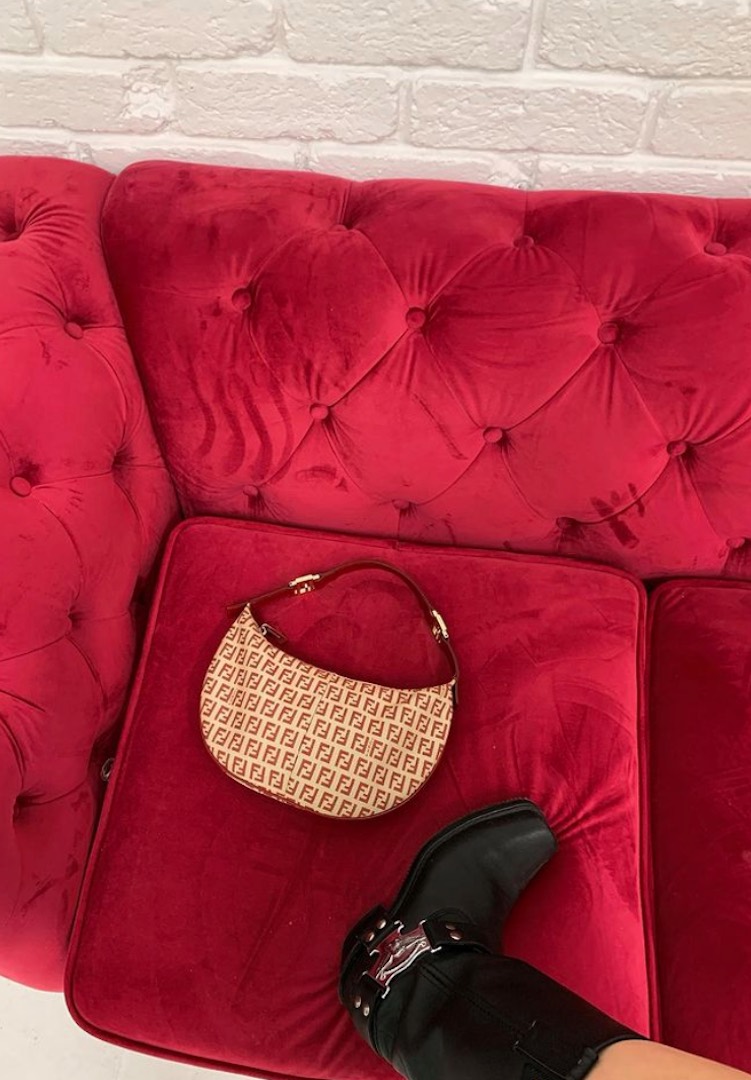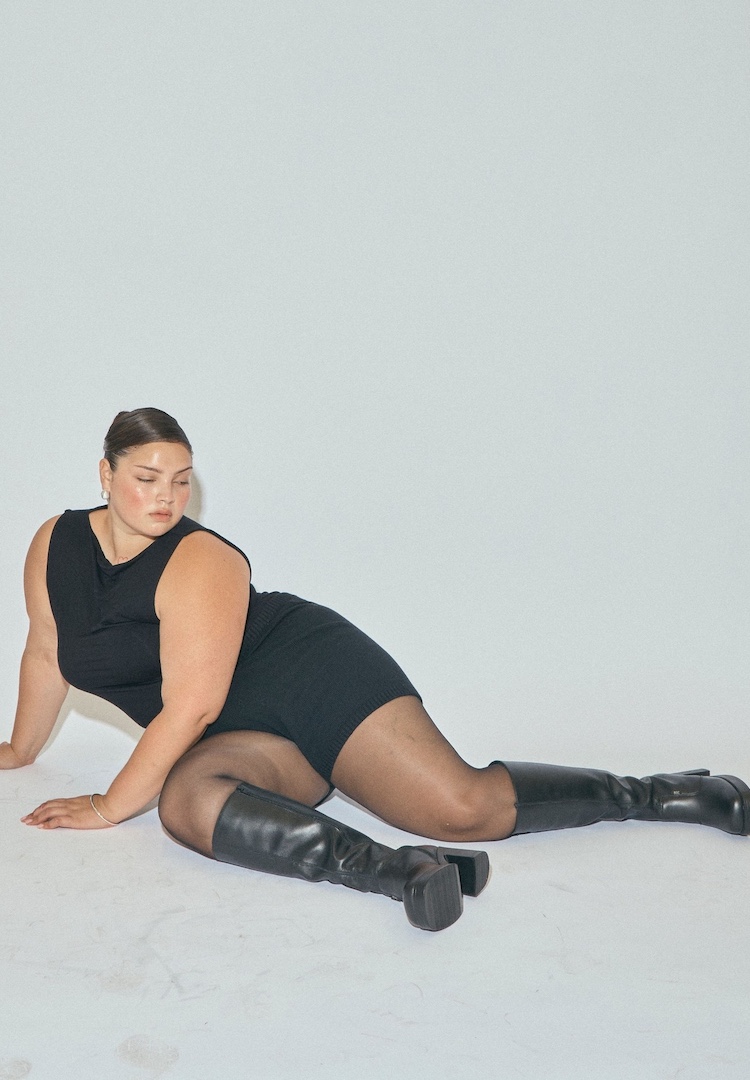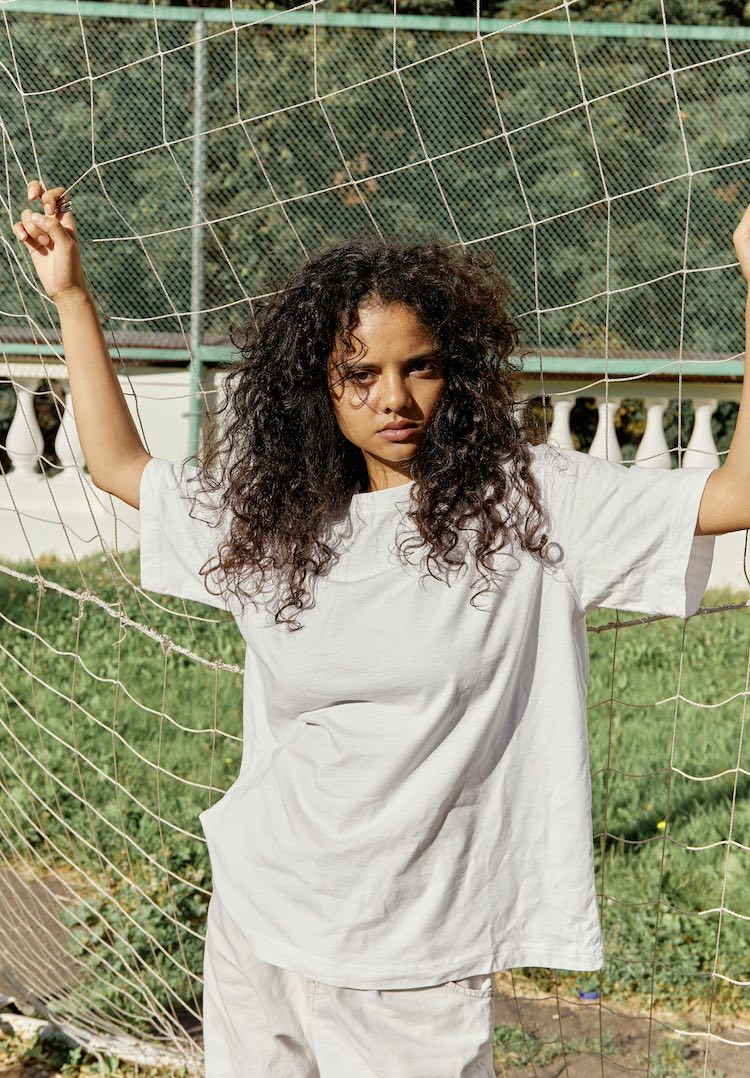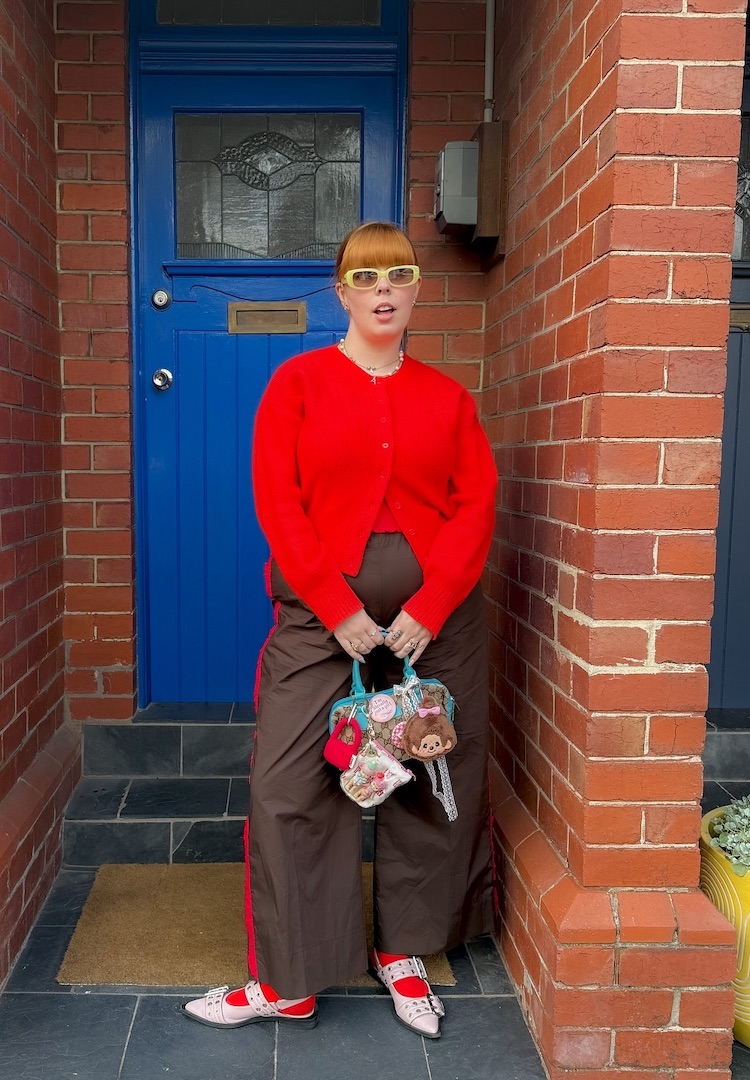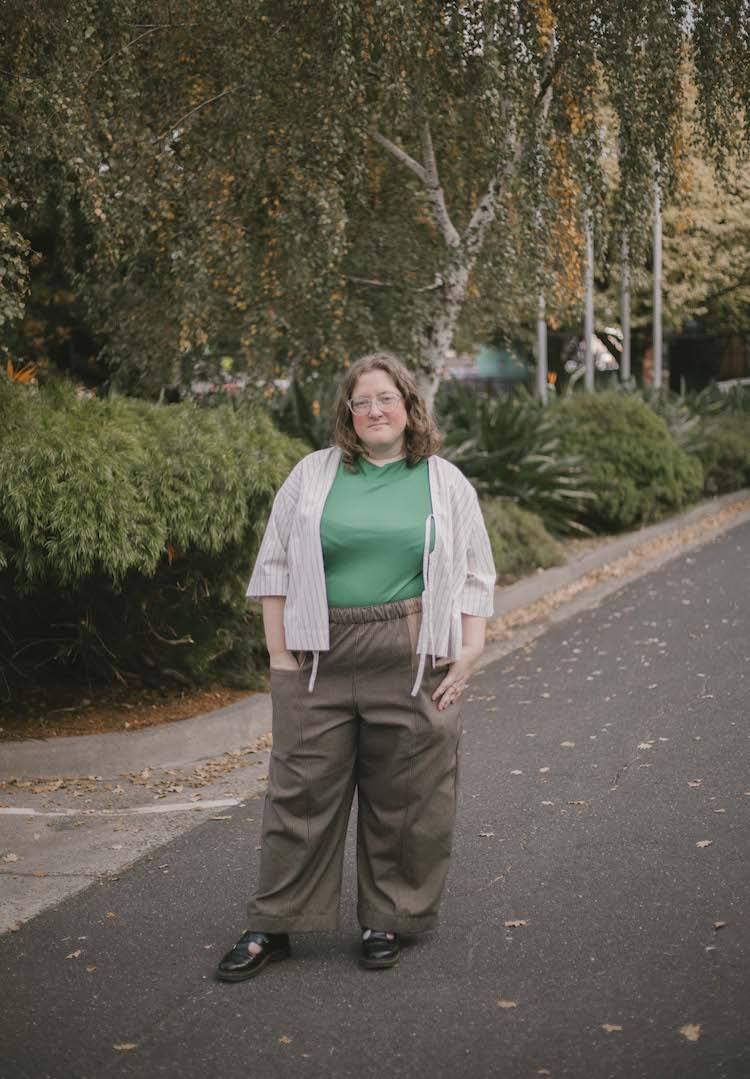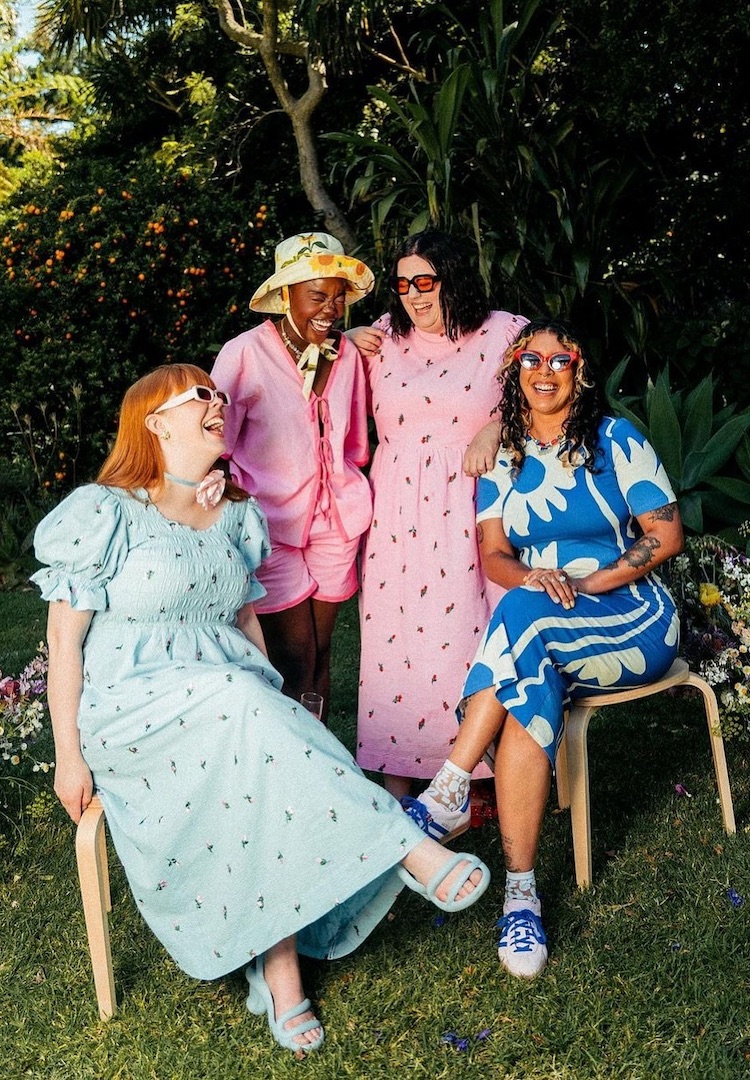Melbourne label Sük Workwear on the cost and benefits of increasing its size range to a 30
IMAGE VIA @SUKWORKWEAR/FACEBOOK
WORDS BY DAISY HENRY
“The consensus was that expanding it up to 30 and down to a size four actually just meant that even more people were covered. I really felt that if we’re going with this ethos [that] no one gets left behind, that that’s the baseline.”
More often than not, there seem to be two options when it comes to women’s sizing: there are standard retailers, which offer up to a size 12 to 14, or plus-size retailers, which typically begin at 18 to 20. ‘Straight’ sizing and ‘plus’ sizing are rarely sold together, and for those who are a 14 to 16, or who go above a 28, it can be difficult to walk into a shop and find something that fits.
Melbourne-based label Sük Workwear, however, has bridged this gap by expanding its range to accommodate both smaller and bigger bodies. Founded by Mimosa Schmidt after years of working in physical labour jobs and hyper-masculine spaces, Sük Workwear was created because many women working in the industry found that standard-issue workwear was ill-fitting. “I just couldn’t find anything that fit my body, and that was comfortable and that made me feel professional,” Mimosa tells me.
For more fashion news, shoots, articles and features, head to our Fashion section.
Built on an ethos of inclusivity and wanting people to feel comfortable, capable and deserving of taking up space, Sük Workwear was created with a wide size range of six to 24 from the beginning. “I didn’t even labour on it. I was like, this is gonna be expensive, but we just don’t have a choice. It’s what needs to be done,” Mimosa says.
“The consensus was that expanding it up to 30 and down to a size four actually just meant that even more people were covered. I really felt that if we’re going with this ethos [that] no one gets left behind, that that’s the baseline.”
View this post on Instagram
But despite the myriad of benefits that come with expanding a brand’s range, there are a number of challenges as well. Perfecting any one size is not easy – it involves research, and ensuring that the measurements, shape and cut of each piece of fabric work on a range of different body types. It’s also fairly expensive.
“I will say that we didn’t nail the sizing straight up,” Mimosa tells me, “We had to work pretty hard at that. You really have to do your research … it takes time.” Part of this process involved redoing and fine-tuning all of Sük’s sizing from 18 to 30. After connecting with Samantha Munoz, a customer and freelance garment developer, it took roughly a year to perfect their size range.
View this post on Instagram
Now, Mimosa explains, her team approaches sizing from a new perspective. “We start each style [asking], how’s it gonna fit you? How’s it gonna fit me? What adjustments do we need to make from the very beginning to make this really accessible for all sizes?” Mimosa also points out that it’s important for brands to understand the complexities that can come with expanding and redoing a range in new sizes.
“If you’re a designer and you’re [a] size ten, of course, it makes sense that you know exactly how to do that because you own your body and you walk around in it and you understand how it works and what [feels] good and how it’s flattering, [or] where things chafe… but then you have to invest in that [in the] biggest sizes,” she says. “And that is time, and that is money, and that is like critical thinking and that’s listening to feedback.”
View this post on Instagram
Although these might be cons in the sense that it takes both time and money to perfect, Mimosa explains that the pros that come with learning about community and garment making have been invaluable, and overwhelmingly outweigh any negatives.
Given that most women in Australia sit between a size 14 to 16, there is clearly a demand and financial returns that come with expanding beyond ‘standard’ sizing. When I ask Mimosa whether there is an onus on brands to expand their size ranges, she notes that it’s often more complex than that.
View this post on Instagram
Putting a moral obligation on brands to do more and be more can cause them to shrink away from engaging in an open conversation about inclusivity and understanding the wide array of benefits that come with making clothing more accessible and inclusive.
“It’s not easy,” Mimosa tells me. “You create something that you really love, and someone tells you that it’s falling short [and] your imposter is right there in the front of your head to tell you that you’re a failure, you know? But embracing those conversations, like ‘Okay, how is my brand not good enough in your eyes? Tell me’. At the end of the day, everyone has a piece of advice for you, it’s just being kind of open to it.”
As Mimosa advises, for both shoppers and designers alike, “if you engage with open arms, you will be met with open arms”.
To keep up to date with Sük Workwear, head here.



